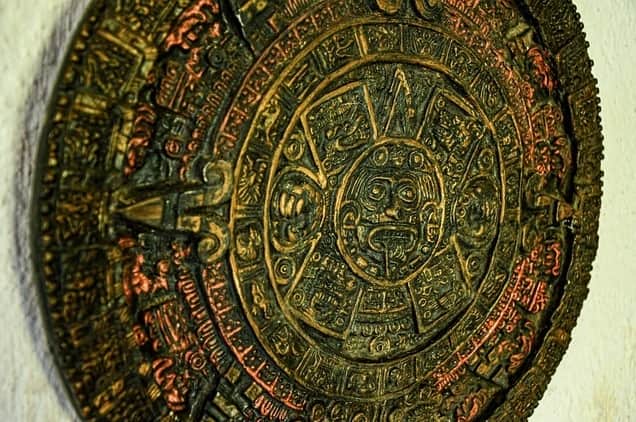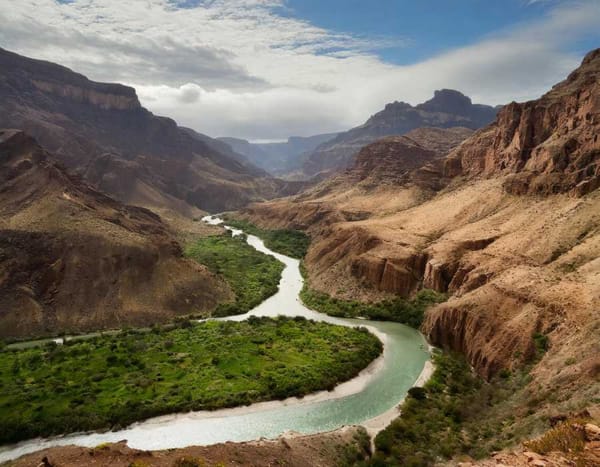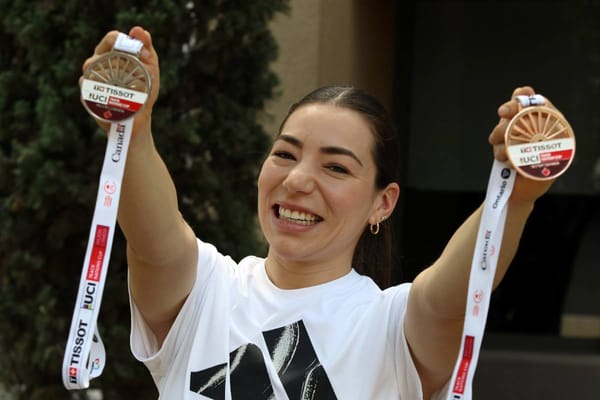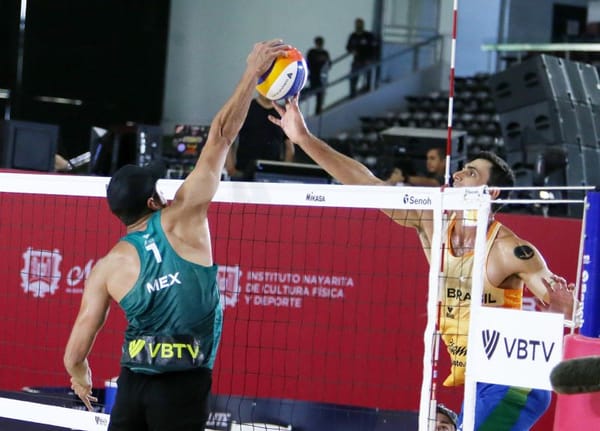How did the Mexica and Mayan peoples celebrate the pre-Hispanic New Year?
It is interesting to recognize how the rites to welcome a new year are repeated in different cultures, in particular, the Mexica and Mayan cultures.

Despite the geography, it is interesting to recognize how the rites to welcome a new year are repeated in different cultures and even transcend time. In particular, among the Mexica and Mayan cultures, the festivities, like today, included the preparation of special dishes, bodily rites, cleaning of the home, ceremonial dances, and, in general, the disposal of the old.
The Mexicas did it in honor of the God of Fire, Xiuhtecuhtli, who was in charge of the regeneration of the world, while the Mayas held a great feast during the month Pop, which was around July.
These celebrations are related to the stars: the sun, the moon, or both. And in the Mesoamerican world, although the different civilizations were governed by a calendar made up of 18 months of 20 days, plus 5 days leftover (short month), they began the year on different dates, both in the Altiplano and in the south of what is now Mexico.
As far as it is known, for the Mexica, the calendar began in February, which has no relation with any important astral event. According to the Mesoamerican calendar, the month of 20 days that preceded the Nemontemi (a short month or five fateful days) marked the end of the year among the Mexica, this month was known as Izcalli, coinciding with January.
The festival was held in honor of the God of Fire, Xiuhtecuhtli, who was in charge of the regeneration of the world. Thus, around the element, a series of solemn acts were carried out, which became bigger and bigger until deriving in the great ceremony of the New Fire, which took place in the Cerro de la Estrella (Hill of the Star) every 52 years.
With the New Fire, all the lights of Mexico-Tenochtitlan were extinguished, and then they waited for the culmination of the 'Pleiades' or 'Seven Goats' at the zenith, a sign that a new sun would be born. Each year must have been a kind of reminiscence of this event.
Each year a statue of Xiuhtecuhtli was made with small pieces of wood, which was adorned with a mosaic mask and feather art. This is known thanks to the chronicles of Fray Bernardino de Sahagún.
Young men from different neighborhoods, or calpullis, went hunting and delivered what they obtained -mainly vermin and small animals- to the priests, who in turn offered them to the fire. A special type of tamale was also distributed and at the end of the year, they danced almost every month.
Another curious fact is that children used to be "stretched" with the idea that they would become big and strong adults. They also practiced a ceremony of oradación (piercing of the ears), and they were given pulque to drink in small cups, it was like a kind of baptism because they had "godparents".
For the Mayan case, the data are even scarcer. However, the references of Fray Diego de Landa in his Relación de las cosas de Yucatán lead us to consider that they did celebrate the New Year in a particular way. Among the Maya during the first month called Pop (around July) a great feast was celebrated.
They worshipped all their idols and renewed all the things they had for their service: pots, benches, clothes, they swept the houses and all the old things were thrown away. The custom of sweeping is very widespread among the people, since it entails renewal, thinking that for the following year everything will be beautiful.
Fasting was a tradition that preceded the festivities, in addition to sexual abstinence and the reservation of some foods or seasoning with salt. Women were excluded from the above, which continues today among some Mayan populations. This may remind more than one of the celebrations of Ramadan among Muslims since they are somewhat similar customs.
The chaac or priests burned incense before the altars, and on New Year's Day, everyone gathered in the temple courtyard (except the women) and had a special dance and feast.
Source: INAH




